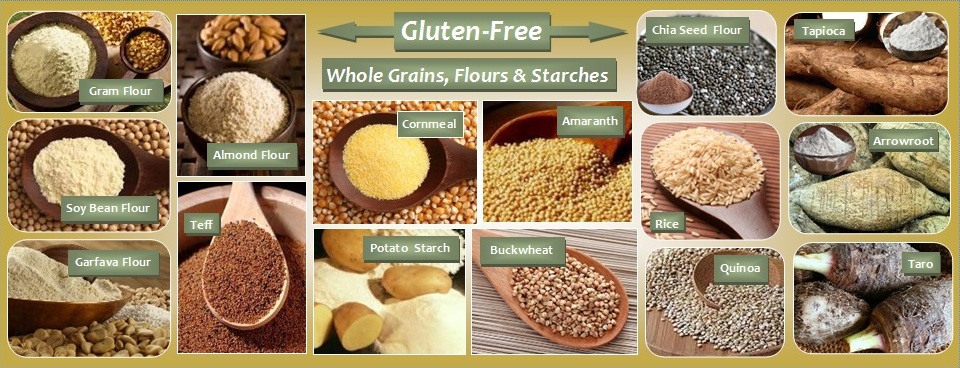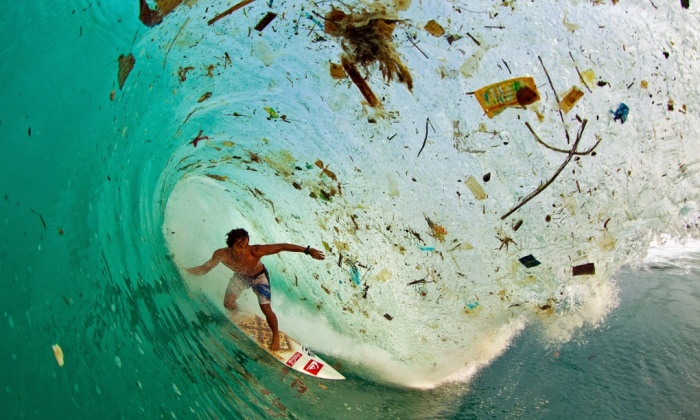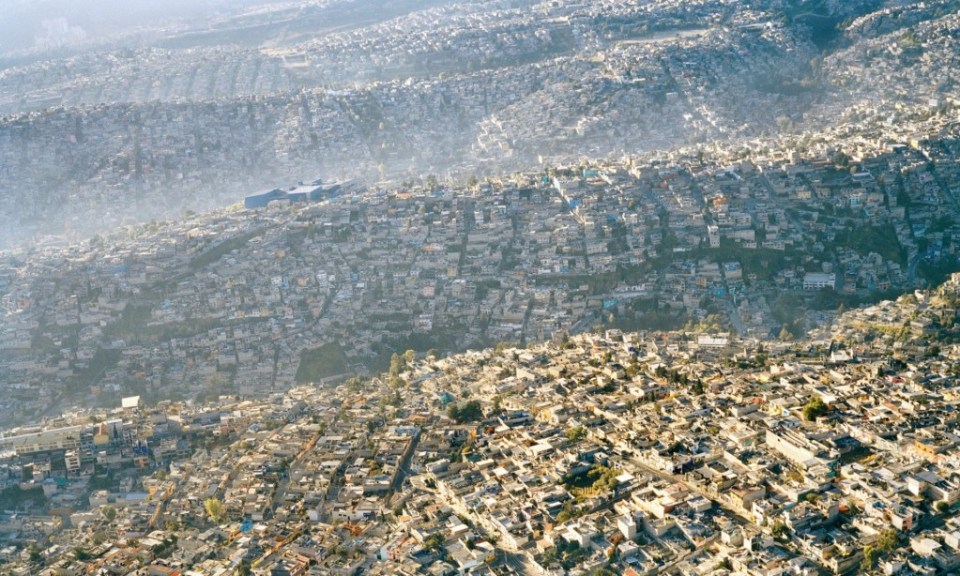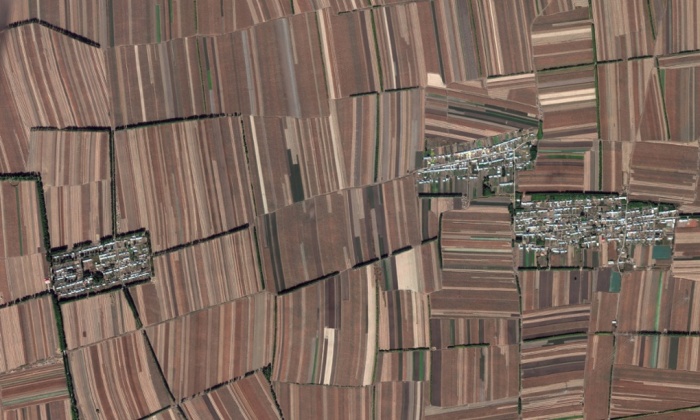|
1. Cleopatra is credited with the invention of the vibrator. She is said to have taken insects and placed them inside a hollow sphere. The insects would become agitated and begin buzzing around, causing the sphere to vibrate. 2. The human clitoris extends 9cm under the skin. 3. French bulldogs cannot reproduce naturally because they are too top heavy. Every French bulldog puppy is born of artificial insemination. 4. Amazon River Dolphins are the only species of animal recorded to have engaged in nasal sex. 5. Avocado is the Aztec word for testicle. In Aztec culture, avocados were considered sexually powerful and were restricted for virgins. 6. The average erection contains enough blood to keep three gerbils alive. 7. Four Popes have died during sex. 8. The average human sperm cell or spermocyte contains about 37.5Mb of genetic data. So when orgasm occurs, roughly 1.5Gb of data is ‘ejaculated’ in about 3 seconds, a data transfer rate 6 orders of magnitude, or a few million times, faster than an average internet connection. 9. Opossums have a double-headed penis. 10. Kangaroos have three vaginas. 11. About 100 million couples around the world have sex every day. That means around 65,000 couples are having sex right now. 12. Human males ejaculate at 27mph. 13. Female hyenas have clitorises that extend seven inches out of their bodies and serve as pseudopenises as well as the birth canal. 14. Thailand is world leader in women cutting of their husbands’ penises. 15. Thailand also performs the largest number of sexual reassignment surgeries in the world, mostly on foreigners. However, the country with the second most sex change operations, and the highest number to do so on its own citizens, is Iran. 16. The blue whale can ejaculate about 200 gallons of semen. 17. Pigs orgasm for 30 minutes. 18. A woman’s breasts increase in size by up to 25% when she is sexually aroused. 19. If your parents had waited five seconds later, or began five seconds earlier you wouldn’t be here. 20. Alligator’s have erections for 100% of their lifetime. 21. The clitoris is anatomically and developmentally synonymous with the male penis, it just lacks a urethra. 22. It’s illegal in Florida to have sex in any position other than Missionary. Though that’s still lawful, it’s illegal to kiss a woman’s breasts while engaging in heterosexual sex in the Missionary position. 23. The antechinus, a type of Australian rodent, has sex for about twenty-four hours, after which most males die of exhaustion. . 24. Make-up is meant to simulate what a woman’s face looks like mid-orgasm. Reddish or dark pink lipstick mimics the way lips will engorge with blood. Blush mimics flushed skin. Eyeliner and darker eyeshadow will make the eyes appear half closed, hence the term “bedroom eyes”. 25. It’s also believed that red underwear is considered sexy because it’s an evolutionary callback to when our rumps used to get all hot and red when the ladies of the species wanted a man. 26. Tapirs have an elbow in their penises. 27. In Victorian times, a slang term for a prostitute was “blowsy”. At the same time, “blow” was slang for ejaculation. So, by the 1930s, the act of fellatio came to be known as a blow job. In Ancient Greece, the common slang for a blow job was “playing the flute” 28. The barnacle, by percent of total body mass, has the largest penis of the entire animal kingdom, often more than 50% of their soft tissue. 29. From an evolutionary standpoint, women are louder in bed to attract other males. Men are taught by evolution to become more aroused when they think a woman has had sex recently. 30. When banana slugs have sex, sometimes they get stuck, and the male and female each take turns nibbling at the penis until they get unstuck. 31. The right whale, though not the largest whale, possesses the largest testes of any animal in the world. They weigh around half a ton. 32. According to a survey conducted by Intel, 46% of American women would give up having sex for two weeks rather than logging off the Internet for the same amount of time, 33. When a grasshopper ejaculates, it looses 1/3 of its body mass. 34. Penguins only orgasm once a year. 35. Praying Mantis sex. The male has second brain in his bottom to continue having sex while the female eats him. 36. The record for having sex with the most men in 24 hours goes to American Lisa Sparks who bedded an incredible 919. That’s roughly 38 men per hour. 37. A full-grown female blue whale has a clitoris three feet in length. Image credit: Jean Koulev
|


























